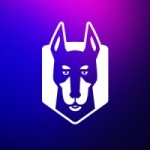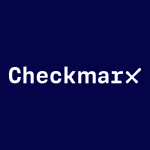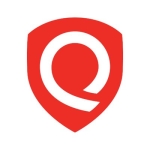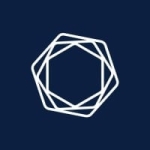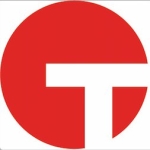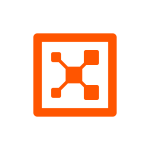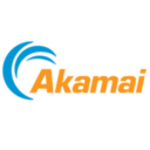As an application developer focused on AWS and cloud components, I rely on SentinelOne Singularity Cloud Security to stay informed about vulnerabilities and maintain best security practices.
I would rate the ease of use of Singularity Cloud Security a nine out of ten. It is very helpful for beginners due to its simplicity and straightforward integration with various cloud platforms like AWS, GCP, and Azure. Its user-friendly interface and familiarity across different cloud environments make it easy to understand and implement, regardless of prior experience.
Singularity Cloud Security prioritizes and resolves critical cloud security issues. When a problem arises in my infrastructure, SentinelOne alerts me, such as an open port in our AWS environment or a deviation from best practices. It provides alerts, suggests solutions, and offers documentation with best practices, which is helpful for those new to cloud platforms. This has reduced my response time by approximately 45 minutes.
The Offensive Security Engine, powered by impressive AI/ML capabilities, seamlessly integrates with cloud infrastructure to analyze data and provide optimal security solutions. Its AI/ML-driven backend engine effectively identifies and resolves threats, making it a powerful tool for comprehensive security monitoring and protection.
We saw the benefits of SentinelOne Singularity Cloud Security immediately.
SentinelOne Singularity Cloud Security categorizes risk into four levels: low, medium, high, and critical. Teams handle low and medium alerts, which are based on best practices that we must follow. High and critical alerts are very important and require immediate attention. When these critical alerts occur, we contact PingSafe or the SentinelOne data team for support. They help us resolve the issue, identify affected resources, and provide comprehensive information. Occasionally, we receive direct support from SentinelOne, collaborating with them using their tools. The system is reliable and accurate, with no false positives.
It significantly reduced our mean time to detect threats. Previously, we didn't use security tools, so I had to identify and address vulnerabilities independently. To ensure best practices were followed, I had to manually investigate issues within our AWS environment and troubleshoot them alone. SentinelOne has been instrumental in guiding us toward securing our infrastructure by providing insights into best practices and automating threat detection.
SentinelOne Singularity Cloud Security has helped reduce our mean time to remediate.
The most valuable feature is the notification system, providing real-time alerts and comparisons crucial for maintaining security. Additionally, the dashboard's user interface and user experience are intuitive and easy to understand, even for new users.
One potential drawback is the cost of SentinelOne Singularity Cloud Security, which may be prohibitive for smaller businesses or startups, particularly those in regions with lower average incomes, such as India.
I have been using Singularity for around one year.
The customer service and support team is knowledgeable and helpful. Throughout the migration, they remained available for several hours without complaint, providing assistance at every step.
The initial deployment was not difficult. It was smooth, with support from experienced team members and customer support during the two to three-day migration process.
During migration, more than two people were involved, though only two were necessary.
The pricing is somewhat high compared to other market tools. This cost can be particularly prohibitive for small businesses and startups.
I would rate SentinelOne Singularity Cloud Security nine out of ten.
My responsibility within our infrastructure is limited to the infrastructure itself, excluding the application and database layers. As such, I can only offer guidance on the infrastructure aspects of our implementation. When we deployed SentinelOne Singularity Cloud Security in our hybrid infrastructure, both cloud and data center-based, the migration was smooth, taking approximately two to three days of testing to complete successfully.










